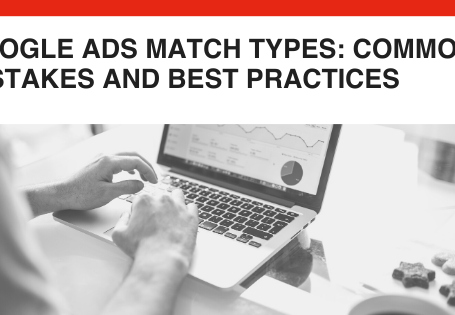Major Brands are Leveraging Social Media Marketing for Ecommerce [STUDY]
By: Rank Media
The latest Social Commerce report from 8th Bridge has been released, analyzing survey data from over 800 online retailers to provide an overview of how effectively social media channels are utilized for ecommerce marketing.
Adoption Rates: Facebook is Still King
No surprises here: Facebook still leads the pack for major retailers with an adoption rate of 99% (leaving the rest of us to wonder if the remaining 1%, roughly 8-9 brands, are stuck in the stone age). Following Facebook are:
- YouTube at 98%
- Twitter at 89%
- Pinterest at 89%
- Instagram at 69%
- Vine at 38%
Pinterest, the popular photo pinning social media site, made tremendous gains over the past year, seeing its adoption rate increase to 89%. This is no surprise for sagacious social media marketers because recent trends indicate that Pinterest is quickly becoming a pertinent source of referral traffic for ecommerce brands. The major multimedia social network is also beginning to prove its worth by influencing sales; in fact, a recent post covered the effectiveness of Pinterest on Black Friday, and with the integration of Pinterest ads, brands should expect to be able to generate a positive ROI with the site in coming years. Vine, the youngest of the “major” social media networks, burst onto the scene in Q1 2013 and has quickly become an effective channel for brands to market to a younger generation of social media users.
Referral Traffic from Social Media Source
Facebook once again reigns supreme when it comes to upstream traffic, providing retailers with a referral source for capturing targeted users. However, this may be due to the significant improvements made in Facebook’s array of advertising products, which includes the introduction of the Facebook Exchange, a remarketing tool that allows advertisers to target site visitors on the aforementioned social network. Twitter and Instagram, on the other hand, have a considerably low impact on driving referral traffic.
Social Website Integration
Integrating social media sharing buttons and widgets on an ecommerce website can increase the overall user experience and introduce a social aspect that allows users to share their favourite products to social circles. In terms of integration, Pinterest seems to be the most preferred social network, with 62% of brands incorporating the “Pin It” button on product pages. Twitter and Facebook are not far behind Pinterest, with integration rates of 61% and 59% respectively.
Interestingly enough, Google+ seems to be making significant strides in this regard as 42% of brands have included the “+1” button on product pages, a testament to brands believing that “+1s” send strong social signals and can provide a boost for brands in search engine optimization marketing.
Looking Towards the Future
According to the research prepared by 8th Bridge, only 10% of ecommerce have adopted social shopping functions on their websites. However, that number is expected to rise tremendously over the next year: 86% of retailers are planning to implement a more social shopping experience for online shoppers in 2014. Social login will also become more prevalent as brands are beginning to realize that users do not want to remember passwords for a never-ending list of accounts. The efficacy of a social login is that users can use a unified login for a number of sites, easing the burden of trying to remember which login information belongs to which site. Lastly, social media advertising in the form of Facebook and Twitter ads should also increase in the coming year, as 78% of retailers surveyed indicated that they currently purchase advertising space on Facebook. With the amount of social data available and ability to target niche audiences, marketing professionals are finding social media advertising more advantageous than traditional paid media.
Source of the stats and images: 8th Bridge










 (800) 915 7990
(800) 915 7990
